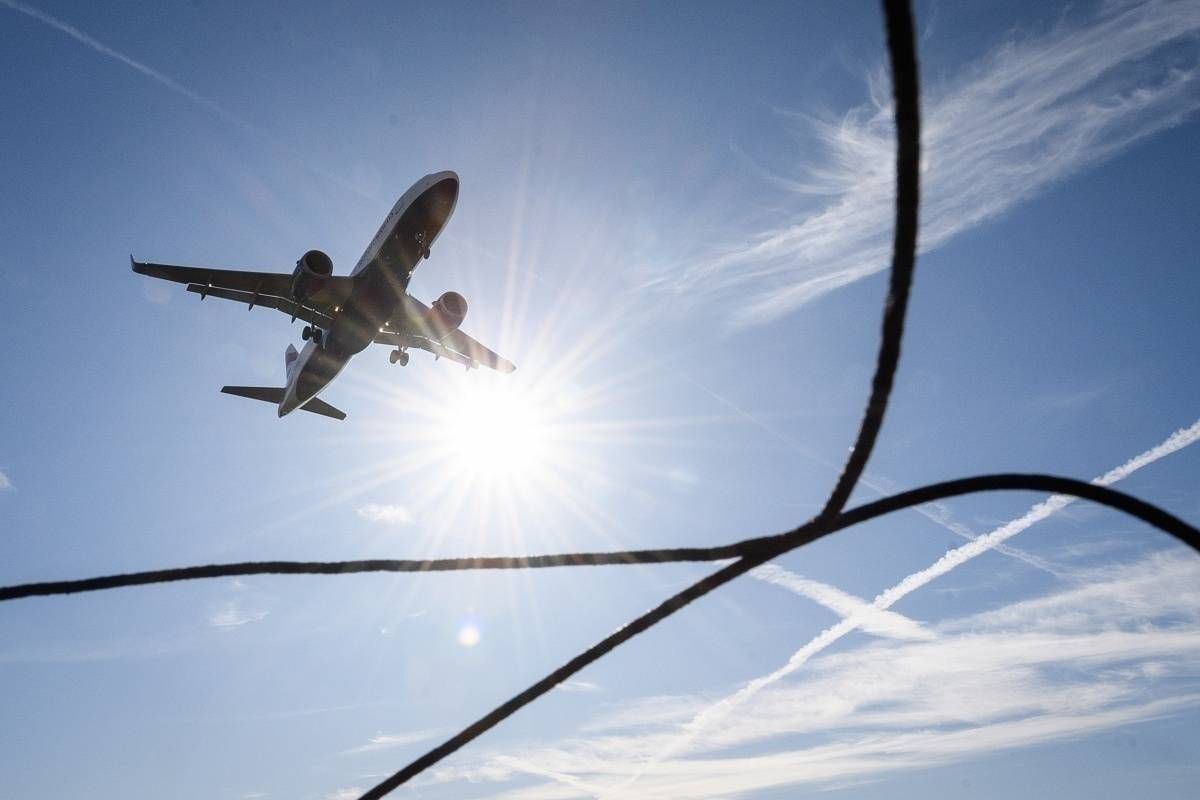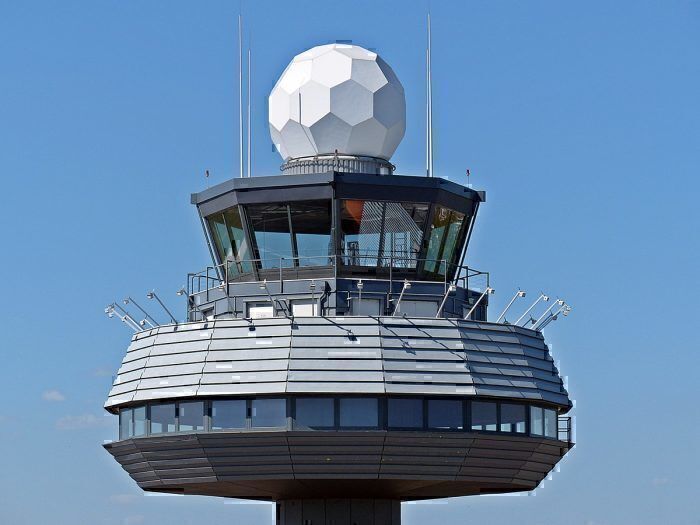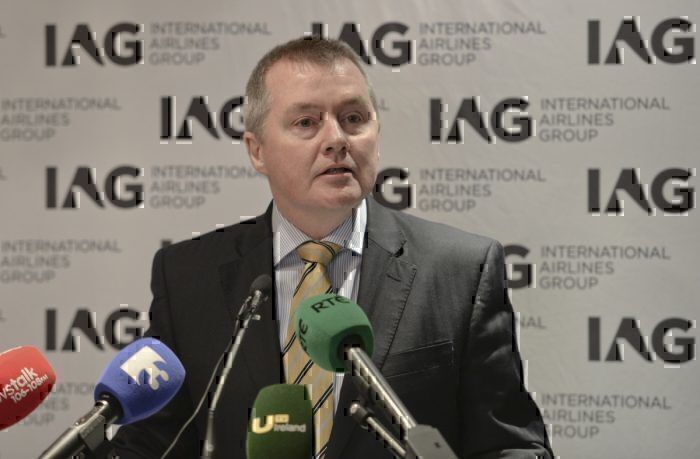The Single European Sky regulation is something the European Commission has been kicking around for over two decades. Despite immense effort to reform air traffic management in the skies over Europe, it’s still not working. Yet, it has the potential to revolutionize the way we travel, and comes with a solid 10% carbon saving too. Here’s what you need to know about SES.
A crowded sky
European airspace is increasingly becoming more crowded. We often discuss the negative effects of aviation’s growth in terms of slot constricted airports, increased competition and airlines squeaking by on the narrowest of profit margins. But there’s one more place where increased aircraft traffic is having a profound effect: the skies themselves.
Managing aircraft movements in a crowded airspace like Europe is not for the faint of heart. Every day, more than 30,000 flights take off, land or pass through the airspace above Europe, and that number is rising. In June last year, Eurocontrol noted the highest number of flights handled in a day, at 37,228. It says next year’s summer peak could be higher again.
With so much traffic moving about so frequently, it must be a nightmare for the organization overseeing this. The thing is, there’s not one organization overseeing it at all; there are loads, and therein lies the problem.
Fragmented airspace
Despite all the coming together of Europe’s nations as the European Union, in many ways the continent is still a very fragmented space. Countries a desperate to hold on to their control of the sky above their heads, which means there are multiple Air Navigation Service Providers (ANSPs) working alongside each other to look after each aircraft.
In theory, this works very well. The aircraft is handed over from the previous ANSP as it moves from their airspace into another territory, and then that ANSP looks after it, eventually handing it to the next service provider in the chain. It’s all seamless, until it’s not.
The problem comes when there’s a break in the chain. For example, when an ATC goes on strike, is struggling with workers off sick or generally finds itself over capacity. In this situation, that ATC can request not to take any more aircraft for a period of time. Airlines who would have been traveling through that airspace are now forced to take indirect routes to avoid the ATC area that is facing a problem.
Clearly, this is not a good situation. For airlines, it means longer than predicted flight times and greater fuel burn. For passengers, it can often mean delays and lengthier flights than they expected. And then, of course, there’s the massive carbon cost of flying further than was necessary.
How the Single European Sky could fix all this
The Single European Sky (SES) was first proposed in 2000 by the European Commission. The aims of the SES is to reduce delays, improve services, drive down costs and generally improve the efficiency of the European air traffic management by de-fragmenting the ANSPs. It would also create additional capacity, in a bid to futureproof Europe’s airspace management.
However, to date, the SES has failed to really be implemented. In 2008, the regulations were revised and now known as SES-II. And then again in 2013, the EC presented a plan ‘b’ to speed up the implementation of the SES, which is now called SES 2+. No matter how many names you give it, SES is still not working in Europe.
Could things be about to change?
When SES was initially proposed, the UK kicked up a fuss about Gibraltar, a UK overseas territory that has been the topic of a long-running diplomatic dispute. A UK parliamentary document describes the situation as “a tangle of disagreement between London, Madrid and Gibraltar.†This issue has been one of the biggest sticking points of the legislation.
But something happened recently which could serve to unblock SES for good. The UK, if you hadn’t noticed, just left the EU. With the UK, and consequently Gibraltar, now outside of EU rules, it could serve to clear the blockage that ‘the rock’ has been causing.
Boss of IAG, Willie Walsh, recently blasted regulators for failing to implement the SES. At the Aviation Sustainability Summit last month, he was reported by Skift to have said,
“I am in an industry that produces CO2 and therefore we will take the criticism. But I will turn to regulators and politicians and say it is a disgrace and a political scandal that we are still today following the same path through the sky as we did when I started flying 40 years ago. And it’s not that the technology is required or investment is required it’s the political will to make the Single European Sky a reality.â€
Perhaps Brexit is the impetus the new EC needs to really push this legislation through. For airlines and their passengers, a reform to the outdated and over-stretched European ATC system can’t come soon enough.




